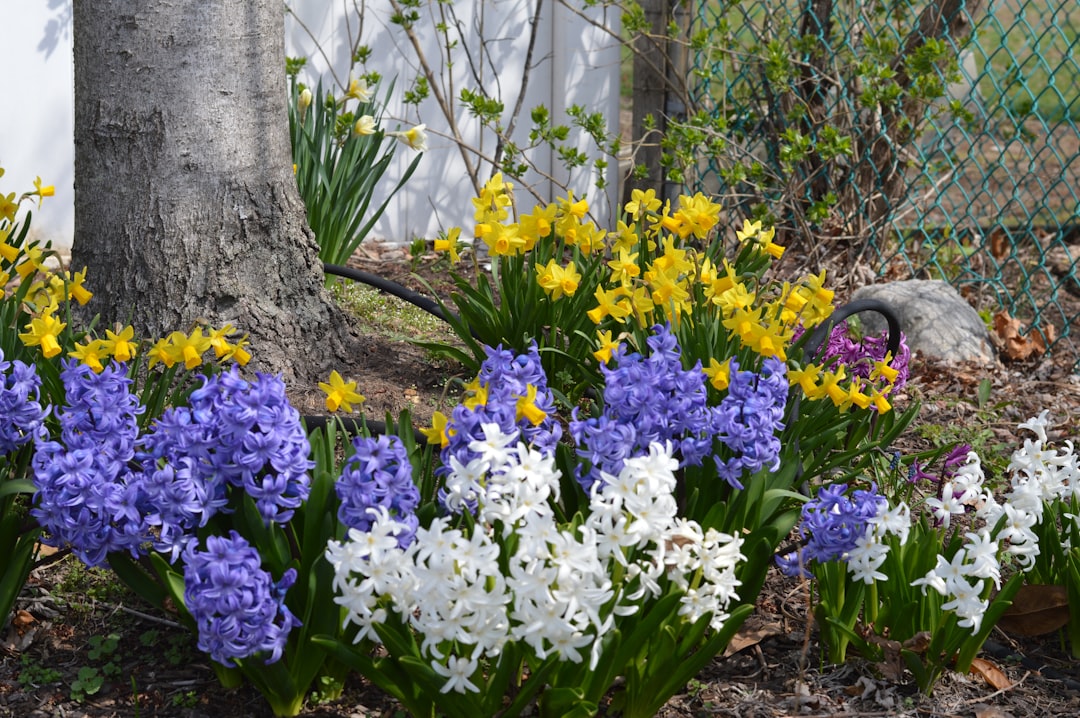Cultivating the Enchanting Mountain Laurel: A Gardener's Guide

Mountain laurel, a native shrub, is a captivating addition to any garden. Its allure lies not only in its beautiful blooms but also in its ability to thrive in specific environmental conditions. In this guide, we'll explore the essential tips for growing this remarkable plant.
### Understanding Mountain Laurel
Mountain laurel (Kalmia latifolia) is a member of the Ericaceae family. It is known for its evergreen foliage and clusters of delicate, bell - shaped flowers that come in various shades of pink, white, and sometimes red. This shrub is native to the eastern United States and has adapted well to the region's climate.
### Ideal Growing Conditions
One of the key factors in successfully growing mountain laurel is providing the right environment. This shrub thrives in partial shade. While it can tolerate some sunlight, too much direct sun can scorch its leaves and cause stress to the plant. A location that receives dappled sunlight or morning sun with afternoon shade is ideal.
Another crucial aspect is the soil. Mountain laurel prefers acidic soil. The optimal pH range for this plant is between 4.5 and 6.0. Acidic soil helps the plant absorb essential nutrients such as iron and manganese. You can test your soil's pH using a home testing kit. If the soil is not acidic enough, you can amend it by adding materials like peat moss, pine needles, or sulfur.
### Planting Mountain Laurel
When planting mountain laurel, choose a well - drained site. Poorly drained soil can lead to root rot, which is a common problem for this shrub. Dig a hole that is twice as wide as the root ball and just as deep. Gently remove the plant from its container and place it in the hole. Backfill the hole with a mixture of the native soil and organic matter, such as compost or aged manure. This will help improve the soil structure and fertility.
Water the newly planted mountain laurel thoroughly. Keep the soil consistently moist but not waterlogged during the first growing season to help the plant establish a strong root system.
### Watering and Fertilizing
Once established, mountain laurel has moderate water needs. During dry periods, water deeply once a week. Mulching around the base of the plant with a layer of organic mulch, such as wood chips or shredded bark, can help retain soil moisture and suppress weeds. The mulch also gradually decomposes, adding nutrients to the soil.
Fertilizing mountain laurel should be done sparingly. Use a slow - release, acid - loving fertilizer in early spring. Follow the manufacturer's instructions for application rates. Over - fertilizing can lead to excessive growth and make the plant more susceptible to pests and diseases.
### Pruning
Pruning mountain laurel is generally not necessary, but it can be done to shape the plant or remove any dead, damaged, or diseased branches. The best time to prune is after the plant has finished blooming. This allows the shrub to set buds for the next year's flowers. Use sharp, clean pruning shears to make clean cuts.
### Pest and Disease Management
Mountain laurel can be affected by several pests and diseases. Common pests include lace bugs, which can cause yellowing and stippling of the leaves. You can control lace bugs by spraying the plant with insecticidal soap or neem oil. Diseases such as leaf spot and powdery mildew can also occur, especially in humid conditions. Ensure good air circulation around the plant and avoid overhead watering to prevent these diseases. If necessary, use a fungicide according to the label instructions.
### Propagation
There are several ways to propagate mountain laurel. One method is through stem cuttings. Take 4 - 6 inch cuttings from healthy, new growth in late spring or early summer. Remove the lower leaves and dip the cut end in rooting hormone. Plant the cuttings in a well - drained potting mix and keep them in a warm, humid environment until they root.
Another method is by seed. However, growing mountain laurel from seed can be more challenging as the seeds have a hard outer coat and require a period of cold stratification. Collect the seeds in the fall and store them in a moist medium in the refrigerator for several months before sowing.
In conclusion, growing mountain laurel can be a rewarding experience for gardeners. By providing the right growing conditions, proper care, and attention to pest and disease management, you can enjoy the beauty of this native shrub in your garden for years to come.